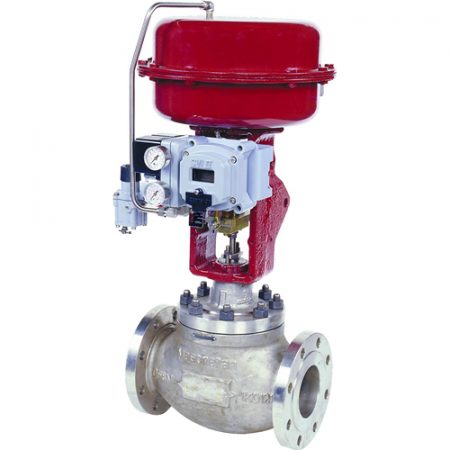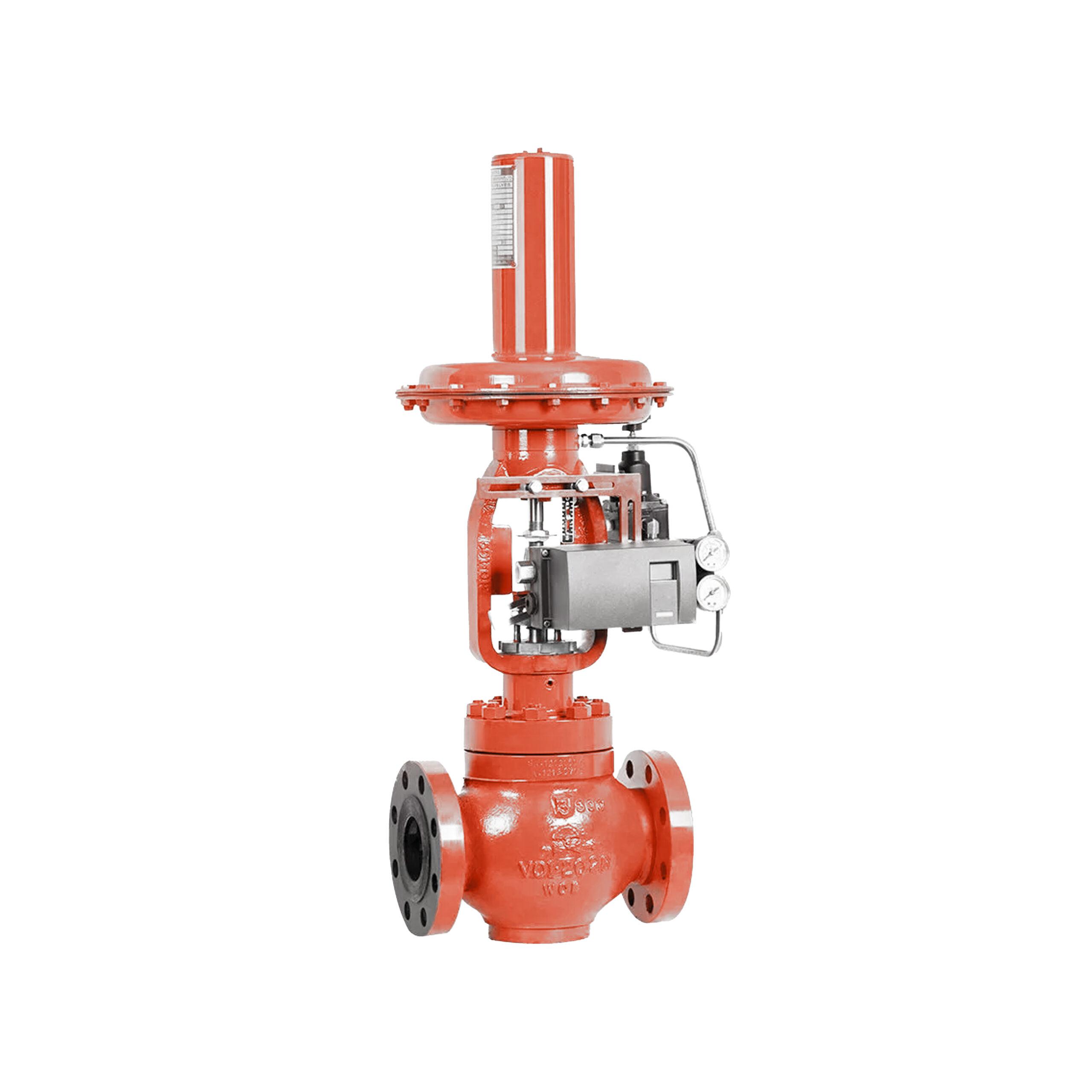Comprehending the Value of Control Valves in Process Automation
Comprehending the Value of Control Valves in Process Automation
Blog Article

Maximize Energy Savings and Comfort With Advanced Structure Automation Controls
In the realm of contemporary style and facility administration, the assimilation of advanced building automation regulates stands as a critical advancement. By taking advantage of the power of automation, structures can adapt, react, and develop in methods that were as soon as unbelievable.
Energy Efficiency Benefits
Energy performance advantages can significantly reduce power usage and operational prices in structures. Energy-efficient systems, such as sophisticated building automation controls, can maximize the use of resources like air conditioning, lights, and heating, leading to reduced energy expenditures over time.
Furthermore, boosted energy effectiveness can prolong the life expectancy of structure tools and systems. By operating extra effectively, heating and cooling systems, lighting components, and other building elements experience much less damage, resulting in minimized upkeep and substitute prices. Additionally, energy-efficient structures frequently command higher building values and rental rates, providing long-term monetary advantages to proprietors.
In addition, power performance can boost passenger comfort and efficiency. Effectively regulated interior settings with optimal illumination and thermal problems create a more conducive and enjoyable office, leading to improved worker contentment and performance. In general, the energy effectiveness advantages related to innovative structure automation controls are multifaceted, including expense financial savings, ecological stewardship, and owner well-being.
Enhanced Comfort Control
Enhancing convenience control in building settings needs a sophisticated assimilation of innovative automation systems for optimum passenger wellness. By using advanced building automation controls, facilities can customize the indoor setting to meet the details needs and choices of residents. control valves.
By incorporating these sophisticated controls, structures can not just improve convenience yet additionally enhance energy effectiveness by enhancing system operations based on actual occupancy and usage patterns. Eventually, prioritizing passenger convenience with sophisticated automation systems leads to a much more satisfying and much healthier interior atmosphere.
Operational Effectiveness Improvements

In addition, the application of real-time monitoring and analytics devices allows structure operators to recognize energy inadequacies and operational abnormalities immediately. By continuously monitoring power use patterns and system performance metrics, changes can be made in real-time to enhance power consumption and make certain peak operational effectiveness. control valves. Additionally, integrating need reaction approaches into building automation controls can better improve functional efficiency by dynamically changing power usage based upon grid problems and pricing signals
Indoor Climate Optimization
Effective indoor climate optimization is an essential facet of building automation controls, making sure occupants' comfort and wellness recommended you read while taking full advantage of power savings. By using innovative sensors and controls, developing automation systems can constantly change and keep an eye on temperature level, moisture degrees, air quality, and ventilation to develop an ideal indoor setting. Preserving regular and comfy problems not just boosts occupant complete satisfaction however likewise improves performance and total wellness.
Indoor climate optimization likewise plays a vital function in energy effectiveness. By fine-tuning heating, cooling, and ventilation systems based on real-time information and tenancy patterns, developing automation controls can substantially decrease energy intake - control valves. For circumstances, carrying out approaches such as demand-controlled air flow and thermal zoning can assist reduce energy waste while guaranteeing that each area of the structure receives the essential conditioning.

Sustainable Setting Creation
Structure automation controls not just optimize interior climate problems for power effectiveness and occupant comfort yet likewise lay the structure for producing a sustainable setting with critical administration of systems and resources. By incorporating sophisticated structure automation technologies, such as sensing units, actuators, and intelligent software program, facilities can adjust and monitor power use in real-time to reduce waste and lower their carbon impact. These systems allow predictive upkeep, identifying my company potential concerns before they rise and enhancing equipment efficiency to boost longevity and effectiveness.
In addition, sustainable atmosphere production extends beyond energy administration to incorporate water conservation, waste reduction, and indoor air high quality renovation. Structure automation controls can regulate water usage, find leakages, and make certain proper waste disposal methods, adding to general sustainability initiatives. Furthermore, by controlling and monitoring ventilation and filtration systems, these modern technologies boost occupant wellness and performance while lowering power usage connected with a/c procedures.
Final Thought
To conclude, advanced structure automation regulates deal considerable benefits in regards to power cost savings, comfort control, operational performance, interior climate optimization, and producing a sustainable setting. By applying these controls, buildings can achieve optimum efficiency while minimizing energy intake and boosting resident comfort. It find out this here appears that the usage of sophisticated automation technology is essential in enhancing structure performance and developing a much more sustainable future.
Power effectiveness benefits can dramatically minimize power usage and operational costs in structures. Overall, the power efficiency advantages connected with innovative building automation controls are complex, including price savings, ecological stewardship, and resident well-being.
Furthermore, including demand reaction approaches into building automation controls can better enhance operational effectiveness by dynamically changing power use based on grid problems and pricing signals.
Structure automation regulates not just enhance indoor climate problems for power performance and occupant convenience yet additionally lay the structure for producing a sustainable atmosphere through tactical management of resources and systems.In verdict, progressed building automation controls deal substantial advantages in terms of energy savings, convenience control, functional efficiency, indoor environment optimization, and producing a sustainable setting.
Report this page